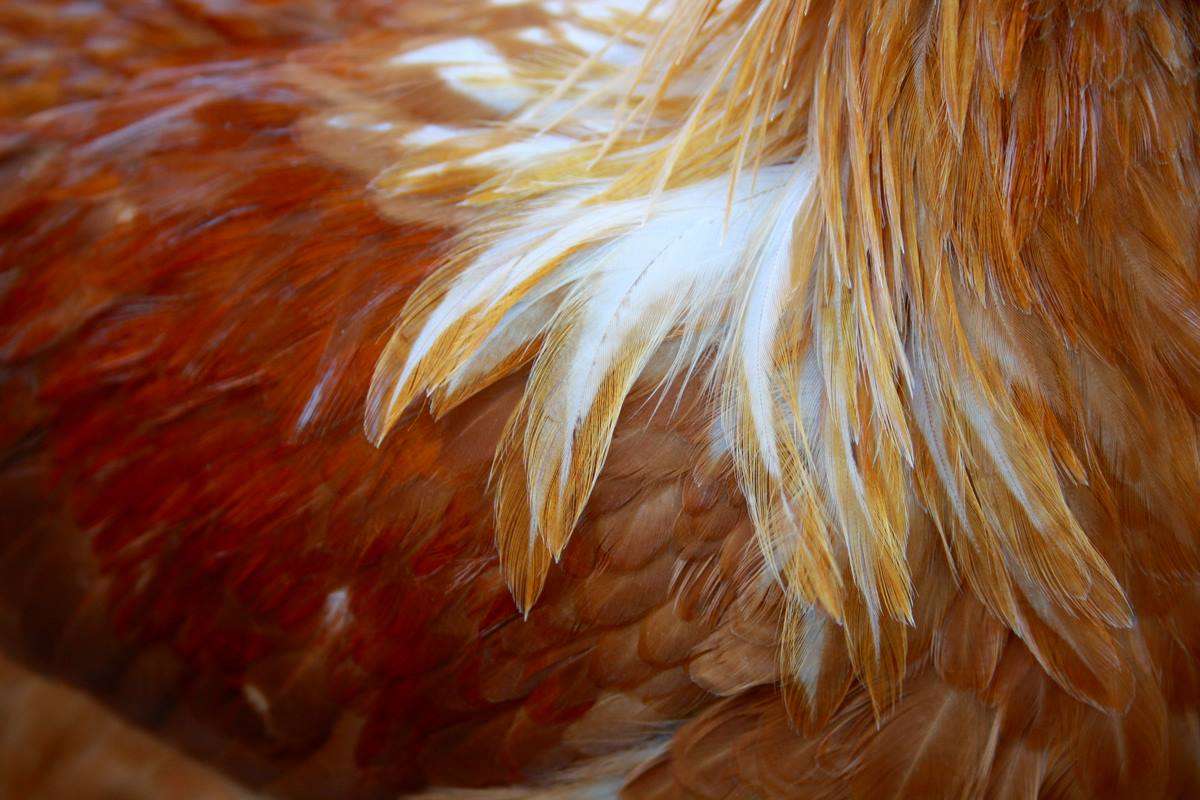Old Coal Mine Filled With Warm Water Has Been Heating a Town with Green Energy for 6 Months
At certain depths, mine water can sit at over 100° Fahrenheit. The renewable energy use here involves pumping the water into home heat pumps

With a brilliant idea that could clear two hurdles in one leap for renewable energy sources, scientists at ETH Zurich have discovered a way to use chicken feathers to manufacture a critical component for hydrogen fuel cells.
Hydrogen fuel cells can generate both emissions-free energy and a portable fuel similar to diesel, but at the moment they are manufactured with so-called "forever chemicals" that are toxic in certain quantities and don't biodegrade in any way.
On the other hand, chicken is an invaluable part of the food supply but comes with 40 million metric tons annually of feathers that are incinerated as a waste product that produces CO2 and other problematic gases as well.
This is where the team at ETH in collaboration with Nanyang Technological University in Singapore has come up with a brilliant solution of using the feathers instead of the chemicals, thereby sparing the environment on both ends in two different ways, and potentially lowering the cost of hydrogen adoption.
"I've devoted a number of years to researching different ways we can use food waste for renewable energy systems," says Raffaele Mezzenga, Professor of Food and Soft Materials at ETH Zurich.
"Our latest development closes a cycle: we're taking a substance that releases CO2 and toxic gases when burned and used it in a different setting: with our new technology it not only replaces toxic substances, but also prevents the release of CO2, decreasing the overall carbon footprint cycle," he adds.
Fuel cells create hydrogen fuel by separating the hydrogen from the oxygen in water. At the heart of the fuel cell lies a semipermeable membrane that allows protons to pass through but leaves electrons behind to escape via an external circuit from the negatively charged anode to the positively charged cathode: thereby creating a current that can be harnessed for electricity.
Chicken feathers are made up of 90% keratin, a protein in our hair and fingernails that Mezzenga et al. converted to ultra-fine fibers called amyloid fibrils by breaking the feathers down in an environmentally friendly way. The fibrils can be used to make the membrane between the anode and cathode of the fuel cell three times cheaper than synthetic materials.
But better still, this fibril membrane can also be used to create pure hydrogen (as in H without the 2 and the O) which doesn't exist on Earth naturally but which can be used like diesel fuel to power heavy machinery like planes and trains.
In this case, a current is sent directly through water as part of a method called electrolysis. Under conditions inside the fuel cell, oxygen this time escapes at the positively charged anode and leaves hydrogen to exit at the negatively charged cathode. The membrane in this case allows protons to pass through even when it's pure water, which typically isn't conductive enough for electrolysis.
Per UTH Zurich press, the researchers' next step will be to investigate how stable and durable their keratin membrane is and to improve it if necessary. The research team has already filed a joint patent for the membrane and is now looking for investors or companies to develop the technology further and bring it to market.
SHARE This Truly Circular Solution With Your Friends…
Be the first to comment